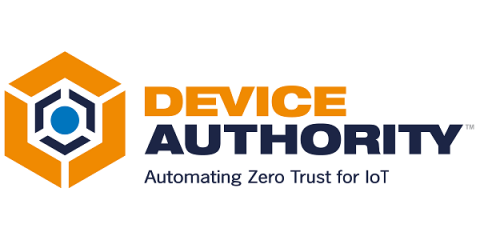Security | Threat Detection | Cyberattacks | DevSecOps | Compliance
AI
How AI is Helping Cybercriminals and What You Can Do for Your Protection
Cybersecurity Secrets: How AI Keeps Us Safe
Random but Memorable - Episode 11.3: Teach Bot Cybersecurity Recipes with Clint Bodungen
7 Ways Security Teams Can Save Time With AI
AI has already revolutionized the way we work. ChatGPT, GitHub Copilot, and Zendesk AI are just a few of the tools that are taking over day-to-day tasks like generating customer support emails, de-bugging code, and much, much more. Yet despite all of these advancements, security teams are under more intense pressure than ever to mitigate rapidly evolving risks. Paired with a growing shortage of over 3.4 million cybersecurity workers, security teams are in need of a solution—and fast.
How to use AI for software development and cybersecurity
We’ve seen how technology can evolve at warp speed, and AI has emerged as both a revolutionary force and a tantalizing enigma. Whether you're a seasoned developer seeking to expand your toolkit or a security enthusiast on a quest for clarity in the realm of AI, embarking on the journey to demystify this dynamic field can be both exhilarating and overwhelming.
How to recognize real AI in cybersecurity?
The term artificial intelligence is used to describe an IT system’s simulation of human intelligence processes, such as the ability to adapt, solve problems or plan. Artificial intelligence systems cover several of these features at present and, with the advent of ChatGPT, their use has become widespread in everyday life. However, this has also resulted in organizations exploiting the term "artificial intelligence," seeking to capitalize on its appeal.
Benefits and Uses of Artificial Intelligence for the IoT
Artificial Intelligence (AI) and the Internet of Things (IoT) are two of the most transformative technologies of the 21st century. The integration of AI and IoT has opened a whole new world of possibilities, with smart devices and systems that can learn and adapt to their environment, making them more efficient and effective. Fundamentally, AI is the ability of machines to learn from data and make decisions based on that data.
Snyk and SaS: AI Fireside Chat
Artificial Intelligence in IoT: Enhancing Connectivity and Efficiency
Artificial intelligence (AI) and Internet of Things (IoT) are two of the most talked about technologies in the recent years. AI refers to the ability of machines to learn and make decisions without human intervention. IoT, on the other hand, is a network of devices that are connected to the internet and can communicate with each other. The combination of these two technologies, known as AIoT, has the potential to revolutionise the way we live and work.










